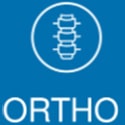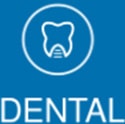Dental
Dental
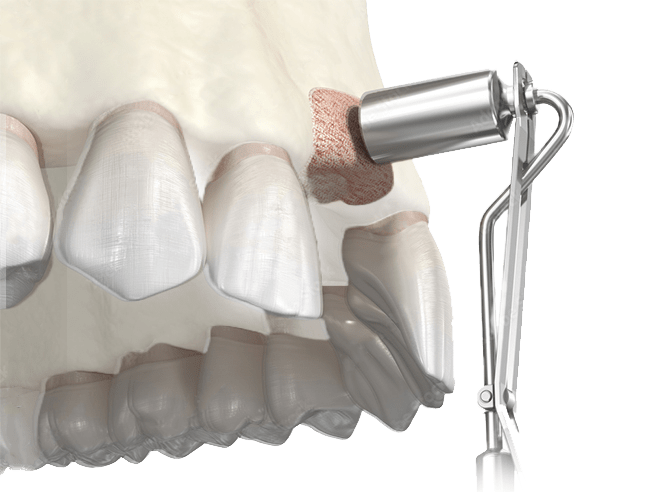
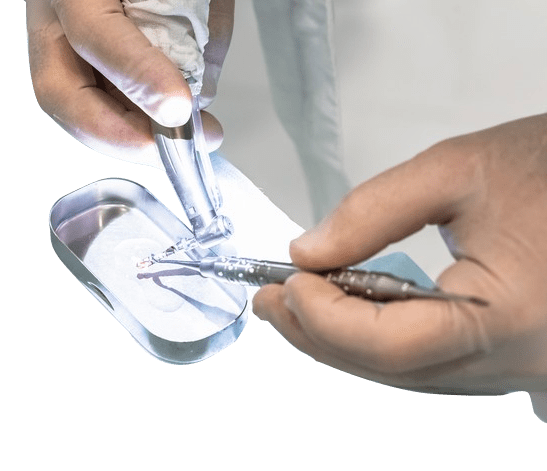
DRIVING INNOVATION IN OSTEOBIOLOGICS
NovaBone develops biomaterials that harness the body's natural healing process while meeting the specialized needs of dental and orthopedic surgeons.
Evidence
Bioglass 45S5
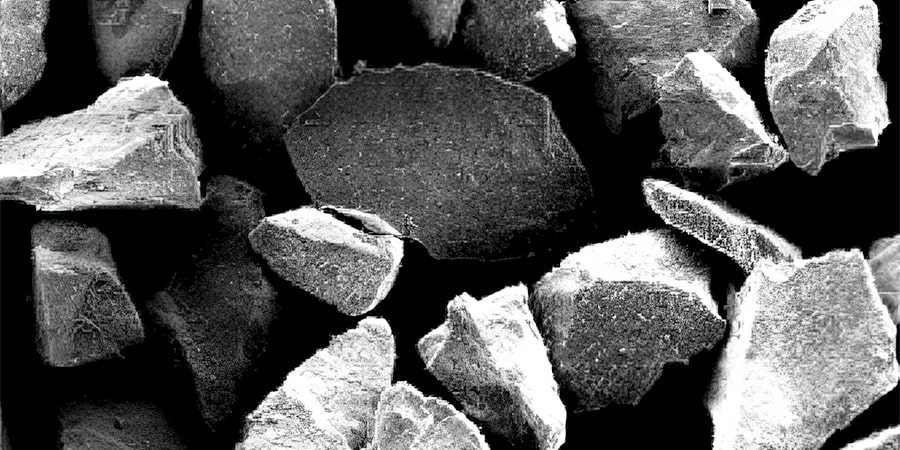
Scanning electron micrograph of NovaBone particles
Developed by Larry L. Hench and his team at the University of Florida in the late 1960s, Bioglass 45S5 is a pioneering biomaterial composed of:
45 wt% SiO2, 24.5 wt% CaO, 24.5 wt% Na2O, 6.0 wt% P2O5
High biological compatibility and amorphous structure facilitate rapid cellular and tissue response
Unique composition encourages the formation of hydroxyapatite layers on the surface which mimics bone composition
Osteostimulative properties make it an ideal material for bone tissue regeneration
How does it work?
Implantation & Ion Release
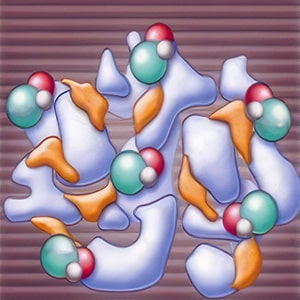
0-15 Minutes
Sodium, silicon, and calcium ions are released through surface dissolution; modified surface develops.
Recruitment & Signaling
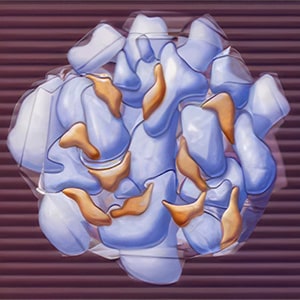
0-2 Days
Recruitment and stimulation of osteoblasts and precursor cells by critical concentrations of calcium and silicate ions released as the bioglass continues to dissolve.
Proliferation & Differentiation
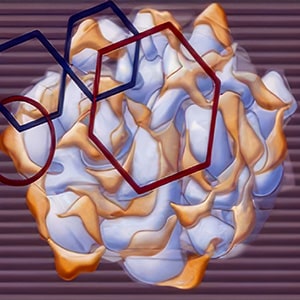
2-14 Days
Osteoblasts proliferate and differentiate into cells that deposit mineralized extra-cellular matrices and osteocytes.
Osteostimulation
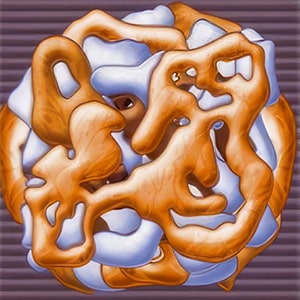
14+ Days
A rapid and complete regeneration of bone tissue takes place in the osseous defect.
Osteostimulation
Did you know?
NovaBone is the originator of the FDA-cleared claim of Osteostimulation (2005). Osteostimulation refers to the proven ability of Bioglass to activate genes which regulate osteoblast differentiation and proliferation as shown by DNA microarray studies.
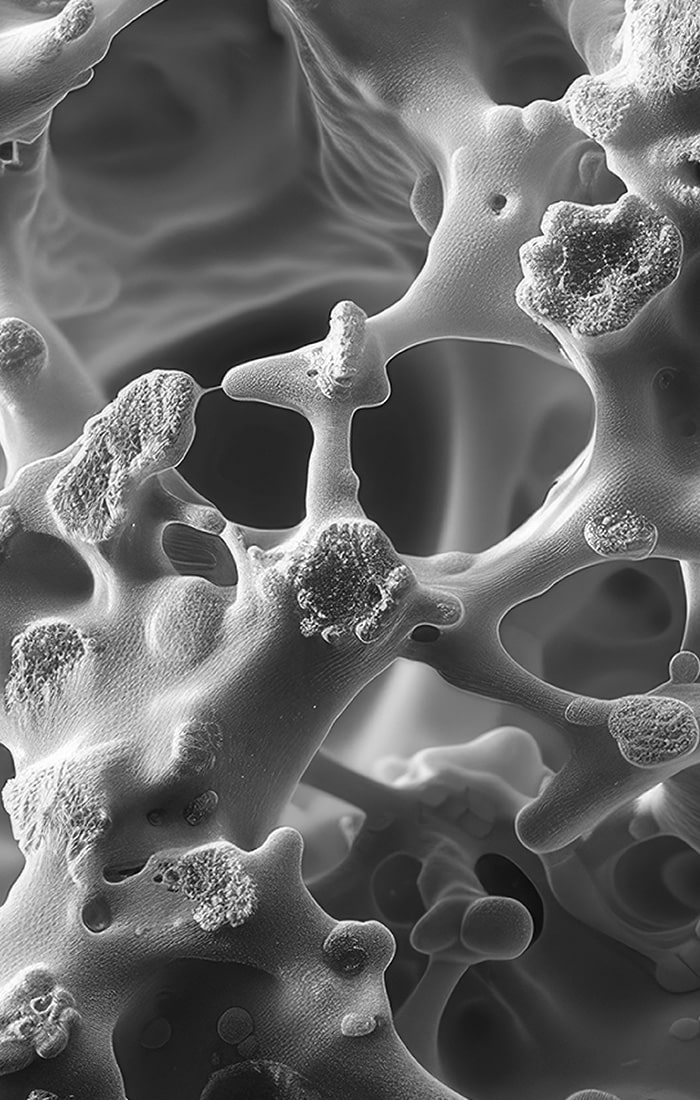
The Science
- Stimulation of osteoblasts and precursor cells (ES cells, fetal cells, adult primary cells) by critical concentrations of calcium and silicate ions released as the bioglass begins to dissolve
- The mechanisms of cell stimulation originate from cellular interaction with the ionic dissolution products released from NovaBone during its absorption
- Up-regulation of several gene families associated with osteoblast activity:
- Growth factors (including IGF-II and VEG-F)
- Transcription factors and cell cycle regulators
- Apoptosis regulators
- Cell surface antigen and receptors
- Signal transduction molecules
- ECM expression
The Benefits
- Enhanced rates of type I collagen production and mineralization of bone nodules
- New bone formation throughout a defect, not just at the defect margins (osteoconduction)
- Osteostimulation has been demonstrated during in vivo tests to be more rapid than simple osteoconduction
Disclaimer
The authors, editors, and publisher have taken great care to ensure that the drug, device, and material selections and applications provided in this publication align with prevailing recommendations and practices at the time of publication.
Nevertheless, in light of ongoing research, evolving government regulations, and the constant influx of information pertaining to surgical procedures, grafting materials, and techniques, we strongly encourage readers to consult the package insert before employing any discussed material. Be vigilant for any alterations in indications and additional warnings and precautions, especially when dealing with newly introduced or rarely utilized agents.
It is crucial for readers to recognize the potential risks associated with incorporating unfamiliar techniques and procedures into their practices. Treatment decisions ultimately rest with individual surgeons, who exercise their professional judgment in each unique situation. We recommend that readers seek professional advice from their colleagues and advisors.
The Company cannot guarantee the accuracy, comprehensiveness, or timeliness of the information presented and disclaims responsibility for any claims, injuries, damages, or losses stemming from the use of or reliance on the material presented or techniques demonstrated. Healthcare professionals or any other individuals may make such claims.


